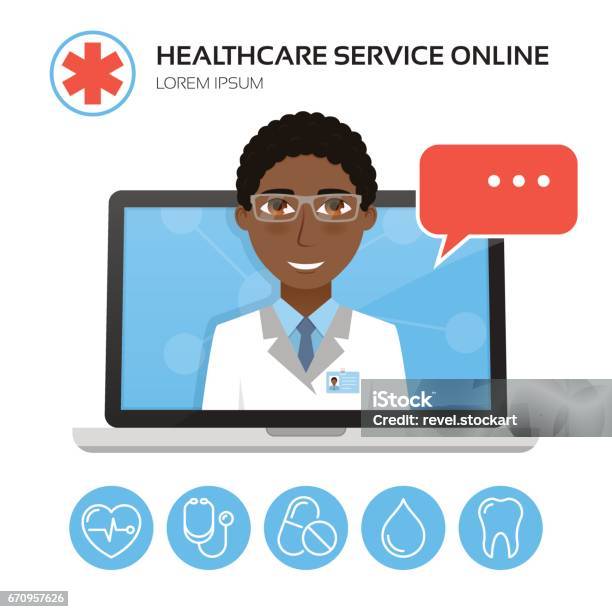Comprehending the Cost-Effectiveness of Subscription-Based Medical Care Versions
As the medical care landscape advances, subscription-based designs emerge as a compelling option, assuring to redefine just how individuals manage clinical costs. Evaluating these designs' cost-effectiveness requires a nuanced comparison with typical insurance, considering both financial ramifications and individual satisfaction.
Overview of Subscription-Based Designs
Subscription-based health care designs, sometimes described as straight primary treatment or concierge medicine, are progressively gaining attention as a prospective option to inadequacies within standard health care systems. These versions run on the principle of offering patients straight accessibility to healthcare companies with a month-to-month or annual cost, bypassing the requirement for standard insurance coverage devices. This arrangement intends to streamline patient-provider interactions by reducing administrative burdens, which frequently hinder customized and timely treatment.
At the core of subscription-based designs is the emphasis on a more tailored client experience. Patients profit from improved access to their doctors, often consisting of same-day or next-day visits, extended assessment times, and direct interaction channels such as phone or video clip phone calls. This version cultivates a proactive strategy to healthcare, where individuals and carriers can collaboratively concentrate on preventative treatment and chronic condition management.

Expense Contrast With Typical Insurance Coverage

Among the key economic benefits of subscription versions is transparency in costs. Individuals pay a predictable fee, which can streamline budgeting and monetary preparation. Additionally, these versions usually eliminate co-pays and deductibles for covered solutions, minimizing out-of-pocket spending. On the other hand, standard insurance may be more advantageous for people needing specialized treatment or costly treatments not covered under a subscription model, as they take advantage of the wider protection network and cost-sharing systems.
However, cost-effectiveness is context-dependent. While registration models might offer financial savings for those mainly requiring health care, individuals with chronic problems or specialized health care needs might find traditional insurance coverage more extensive. Evaluating certain health care requirements and potential usage is crucial in determining the most cost-efficient choice for individuals.
Influence On Patient Fulfillment
Individual complete satisfaction within subscription-based healthcare designs usually mirrors a considerable improvement over conventional insurance coverage systems. Unlike traditional systems, where clients could experience hold-ups in obtaining care, subscription-based designs make sure even more prompt and straight interactions with health care providers.
Additionally, the openness in expenses related to subscription-based health care reduces the usual disappointments connected to unforeseen costs and intricate payment procedures seen in typical insurance coverage (subscription based healthcare). Clients appreciate recognizing the exact financial commitment upfront, bring about boosted count on and self-confidence in their medical care management
In addition, the focus on precautionary care and wellness in subscription designs adds to boosted health results, better improving client contentment. By focusing on continuous wellness maintenance instead than episodic treatment, patients experience an even more alternative and continual medical care journey.
Furthermore, the improved provider-patient partnership cultivated in these designs, identified by more time spent per patient and tailored focus, plays an essential role in elevating person satisfaction levels, as patients really feel really looked after and comprehended.
Carrier Experiences and viewpoints
From the service provider's perspective, subscription-based medical care designs use a transformative approach to delivering clinical solutions. These models stress a preventative and positive health care approach, allowing carriers to concentrate on detailed patient treatment without the restraints of standard fee-for-service plans (subscription based healthcare). This change in focus usually results in enhanced individual outcomes and increased supplier contentment, as healthcare professionals can designate even more time and sources to person engagement and personalized care plans
Furthermore, membership versions promote foreseeable profits streams, which improve monetary security helpful site for health care companies. This predictability permits for boosted source preparation and appropriation, contributing to a more reliable health care delivery system. Carriers can invest in personnel modern technology, training, and facilities improvements, consequently improving the high quality of care supplied.
Nonetheless, the transition to subscription-based models is not without challenges. Suppliers have to adapt to brand-new operational frameworks, which can include substantial changes in invoicing methods and individual monitoring systems. Additionally, there is a fundamental need for durable data administration to track individual results and make sure top quality care. In spite of these difficulties, many suppliers find that the advantages of enhanced client interaction and structured operations exceed the initial challenges, making subscription-based versions an appealing option.
Future Potential Customers and Challenges

A main obstacle is regulative conformity, as subscription models have to stick to progressing health care policies and insurance demands. This demands continual adjustment and technology to ensure alignment with lawful criteria. In addition, incorporating these models into existing healthcare infrastructures can be intricate, requiring considerable investments in modern technology and training.
There is also the possible risk of creating inequities in medical care gain access to, as registration models could favor those who can manage them, leaving vulnerable populaces underserved. Addressing this requires thoughtful factor to consider of pricing techniques and aid look at these guys mechanisms to ensure inclusivity.
Final Thought
Subscription-based health care models offer a sensible alternative to standard insurance policy by offering financial predictability and openness, especially profiting individuals with persistent problems or regular medical care requirements. The cost-effectiveness of these versions rests upon specific healthcare usage patterns and circumstances. While they may enhance person satisfaction and improve budgeting, challenges remain in dealing with specialized treatment requirements. Future considerations include stabilizing detailed protection with cost and integrating these models within the wider health care system for optimum end results.
Subscription-based health care models, sometimes referred to as direct primary care or attendant medicine, are significantly gaining focus as a possible solution to inefficiencies within conventional health care systems. Unlike standard systems, where patients might experience hold-ups in getting care, subscription-based designs make sure more straight and prompt communications with health care suppliers.
These designs stress a preventative and aggressive healthcare strategy, enabling companies to focus on extensive client treatment without the restrictions of conventional fee-for-service setups. As these models proceed to gain grip, they provide the potential to revolutionize patient access to care, enhance solution shipment, and optimize healthcare investing.Subscription-based healthcare versions present a feasible choice to standard insurance policy by offering monetary predictability and openness, particularly profiting people with persistent problems or regular medical care demands.